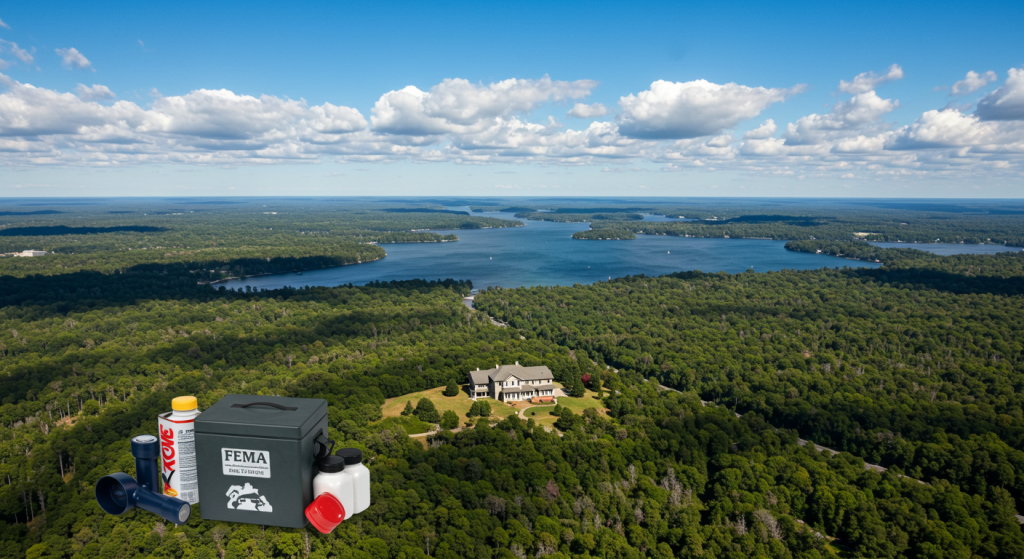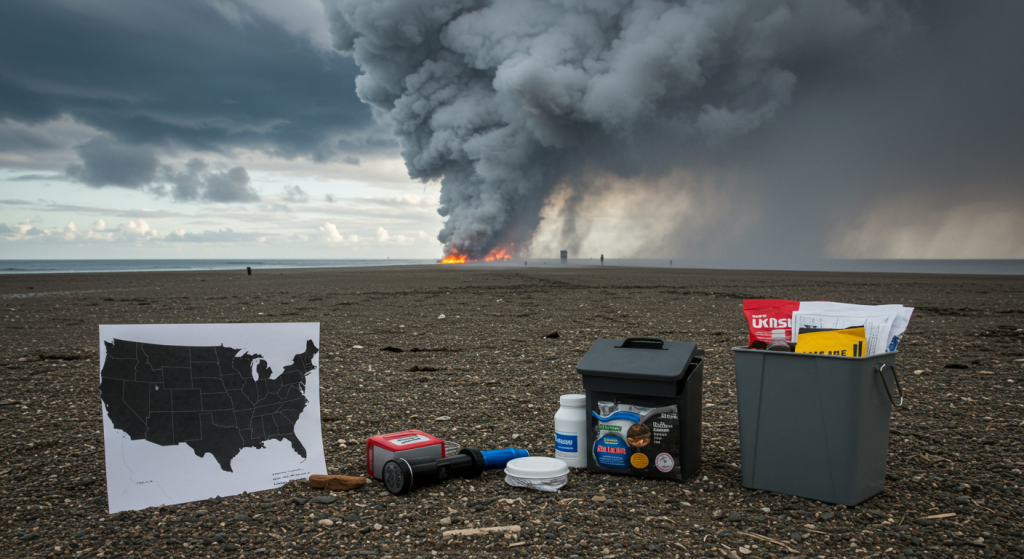Natural disasters in the United States, such as hurricanes, wildfires, tornadoes, and earthquakes, have been making headlines due to their increasing frequency and intensity. Staying informed about recent events and preparing adequately can make a significant difference in safety and resilience. Here’s a look at the latest news on natural disasters in the U.S. and practical steps to prepare for them.

Recent News on Natural Disasters
In recent years, the U.S. has faced a surge in extreme weather events. For instance, the 2024 Atlantic hurricane season was notably active, with storms like Hurricane Helene causing widespread flooding and damage across the Southeast. According to posts on X, coastal communities are still recovering from such events, with discussions highlighting the need for better infrastructure resilience. Wildfires in California and the West have also dominated news cycles, with millions of acres burned annually due to prolonged droughts and heatwaves. The National Interagency Fire Center reported that, as of early 2025, wildfire activity remains a concern, particularly in drought-stricken regions.
Tornadoes continue to pose a threat, especially in the Midwest and South. The National Weather Service noted a series of destructive tornadoes in spring 2024, impacting states like Oklahoma and Kansas. Meanwhile, earthquake risks persist along the West Coast, with recent minor quakes in California serving as reminders to stay vigilant. These events underscore the importance of preparedness, as communities face both immediate dangers and long-term recovery challenges.
Preparedness Tips for Natural Disasters
Being ready for a natural disaster involves planning, gathering supplies, and staying informed. Here are key steps to ensure your safety:
- Create an Emergency Plan
Develop a family emergency plan that includes evacuation routes, communication methods, and meeting points. Ensure everyone knows what to do in case of a hurricane, tornado, earthquake, or wildfire. The Federal Emergency Management Agency (FEMA) offers templates for creating such plans. - Build an Emergency Kit
Assemble a kit with essentials like non-perishable food, water (one gallon per person per day for at least three days), flashlights, batteries, first-aid supplies, and important documents. Include items specific to your region, such as dust masks for wildfire-prone areas or waterproof bags for flood zones. - Stay Informed
Monitor weather alerts through apps like the FEMA app or NOAA Weather Radio. Follow local news and official social media accounts for real-time updates. For example, X posts from local authorities often provide timely information during disasters. - Protect Your Property
Take preventive measures like reinforcing windows for hurricanes, clearing vegetation to reduce wildfire risk, or retrofitting homes in earthquake-prone areas. Check if your insurance covers specific disasters, as standard policies often exclude floods or earthquakes. - Know Your Risks
Understand the disasters most likely in your area. For instance, coastal residents should prioritize hurricane preparedness, while those in the Midwest should focus on tornado safety. The U.S. Geological Survey and NOAA provide risk maps to help identify local threats.
Community and Government Efforts
Communities across the U.S. are stepping up resilience efforts. For example, some states are investing in early warning systems and infrastructure upgrades to mitigate flood and wildfire damage. FEMA’s 2025 initiatives emphasize community-driven preparedness programs, encouraging neighbors to collaborate on disaster plans. Posts on X also highlight grassroots movements, where volunteers share resources and support recovery efforts after disasters.

Conclusion
Natural disasters are a reality in the United States, but staying informed and prepared can save lives and reduce losses. By keeping up with news, creating emergency plans, and building resilient communities, we can better face these challenges. Check resources like Ready.gov for detailed guides, and stay connected with local updates to remain one step ahead.



